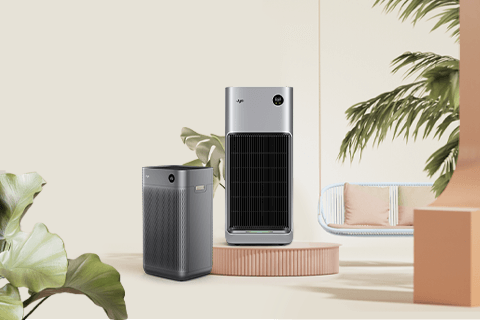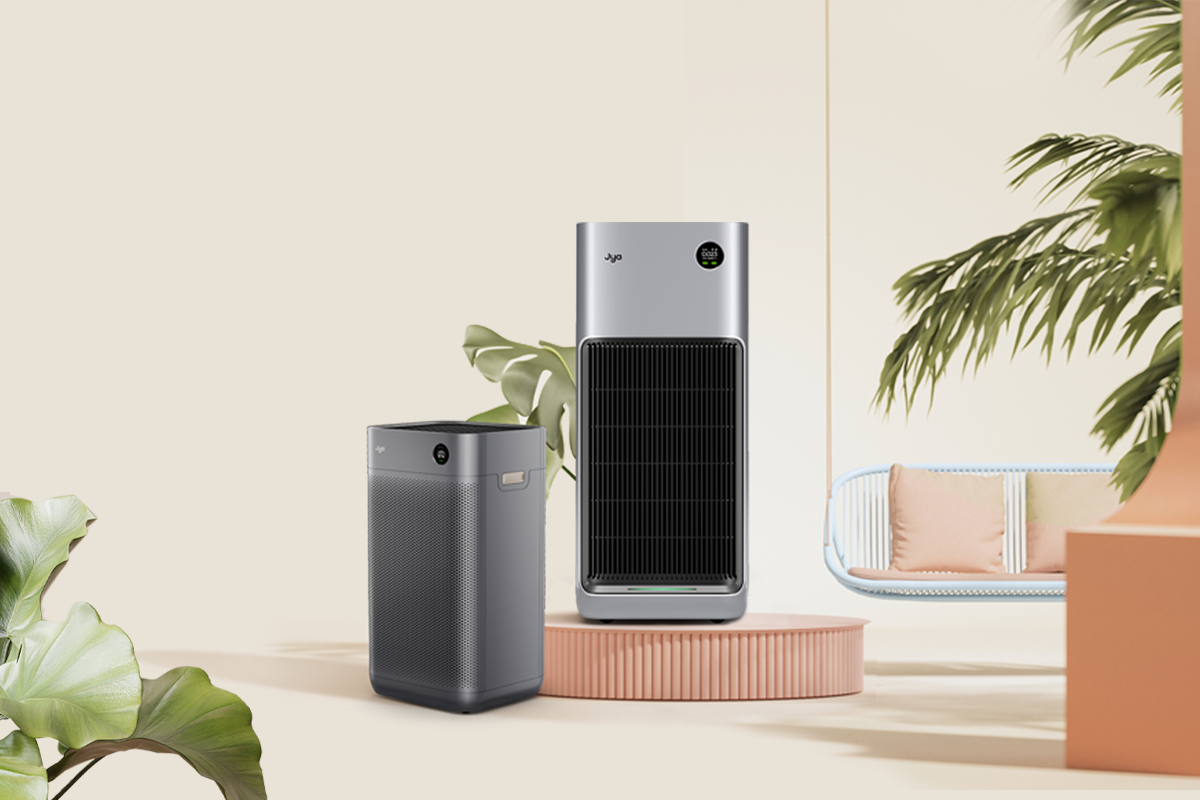Air purifiers for seasonal allergies: what is True HEPA technology (and do I need it)?
Springtime has officially arrived. As the cold winter days and nights come to an end, everyone is heading back out into the warm sunshine for their favorite outdoor activities. But for the hundreds of millions of people around the world who suffer from seasonal allergies, this isn’t always the most pleasant time of year. In fact, it can be downright miserable with nagging allergy symptoms like dry, itchy eyes, a runny nose, and sinus congestion.
Adding an air purifier to your home is one of the most effective ways to fight Springtime allergies, but finding the right purifier can be information overload. What technologies and features should you be looking for? When shopping for an allergy-fighting air purifier, the first thing to consider is the internal filtration technology.
HEPA Filtration
Short for “High-Efficiency Particulate Air Filter,” HEPA filters are the gold standard for home purification systems. The filters themselves are made of a finely-woven mesh that captures and traps microscopic particles like mold spores, dust mites, airborne viruses and bacteria, and of course: pollen. It’s important to note, however, that not all HEPA filters are the same, so you shouldn’t settle for just any HEPA filter. They are generally categorized with a numbering system, with higher grades providing a finer mesh (and capturing more particulates from the air you breathe). For example:
- HEPA H10: captures 85% of particles over 0.5 microns in size
- HEPA H11: captures 95% of particles over 0.5 microns in size
- HEPA H12: captures 99.5% of particles over 0.5 microns in size
- HEPA H13: captures 99.97% of particles over 0.3 microns in size
To most effectively remove allergy-causing pollutants from the air in your home, we recommend using a purifier with the latest HEPA filtration technology.
HEPA vs. other purifications technologies
While many air purifiers utilize HEPA filters as a part of their purification process, some household air purifiers use alternative technologies instead (which are far less effective).
Ozone generators
Composed of three atoms of oxygen, ozone is a molecule that reacts and destroys some particulates in the air, and some air purifiers produce ozone as a cleaning method. While ozone has been shown to help fight mold and odors, the technology does not capture allergens or pollen. Ozone is also a known irritant, negatively affecting the respiratory system. For these reasons, ozone generations are not recommended to help fight seasonal allergies in your home.
Air ionizers
Using an electrical field, air ionization theoretically “charges” particles in the air, making them stick to either a metal plate inside the purifier or on surfaces outside the device. The main problem is that this technology is largely ineffective against larger particles, like dust and pollen. Additionally, these charged particles often stick to walls, furniture, or other indoor surfaces, further exacerbating allergy symptoms. As a result, air purifiers based on ionization technology are also largely ineffective at fighting seasonal allergies.
To alleviate Springtime allergy symptoms, be sure to look for an air purifier with advanced HEPA filtration technology. It is the only in-home system that effectively traps and removes pollen from your indoor air.
The Jya Fjord Series air purifiers
Our latest and most advanced air purifiers, the Jya Fjord and Fjord Pro, were built from the ground up for allergy sufferers.
As mentioned earlier, not all HEPA filters are created equal. The Jya Fjord and Fjord Pro use our patented NanoGuard™ technology with HEPA filtration, equivalent to the latest HEPA H13 standard, filtering up to 99.97% of pollutants as small as 0.1 microns in size. Other air purifiers with lower grades of HEPA technology can miss these particles completely.
The Jya Fjord and Fjord Pro offer more than just HEPA filtration. Before air ever reaches the internal HEPA filter in your Jya Fjord Series air purifier, it passes through a powerful carbon pre-filter. This initial stage helps to capture larger dust and pollen particles while neutralizing unpleasant odors.
The Jya Fjord’s advanced environmental sensors actively monitor PM particulates, TVOCs, and humidity in real-time. To put it simply, if the concentration of dust, pollen, or other airborne allergens increases in your home, your Jya Fjord Series air purifier will respond, automatically. So, you can just turn it on and forget about it.




